Introduction
In the realm of culinary arts, there exists a delicate balance between simplicity and sophistication, tradition and innovation. Among the myriad of dishes that have stood the test of time, salted chive flowers (often referred to as “salted garlic chives” in some regions) represent a humble yet profoundly flavorful delicacy. This dish, with its roots deeply embedded in the culinary heritage of various Asian cultures, particularly China and Korea, embodies the essence of using minimal ingredients to create maximum taste. In this article, we embark on a culinary journey to explore the art of making salted chive flowers, delving into its history, preparation techniques, and the myriad ways it can elevate your culinary creations.
The History and Significance of Salted Chive Flowers
The story of salted chive flowers begins with the ancient practice of preserving food through salting. In regions where fresh produce was seasonal and often scarce, salting became a crucial method to extend the shelf life of vegetables and herbs. Chive flowers, with their delicate purple blossoms and pungent garlic-like aroma, were a natural choice for this preservation process. Over time, salted chive flowers transitioned from a mere preservation technique to a cherished ingredient in its own right, adding a unique flavor dimension to dishes ranging from simple rice porridge to elaborate banquets.
In traditional Chinese cuisine, salted chive flowers are often associated with the flavors of home, evoking nostalgia and warmth. They are a staple in many households, particularly during the Lunar New Year, where they symbolize prosperity and good fortune. Korean cuisine, too, has embraced salted chive flowers, incorporating them into dishes like bibimbap and kimchi, where their pungent flavor complements the fermented goodness of the latter.
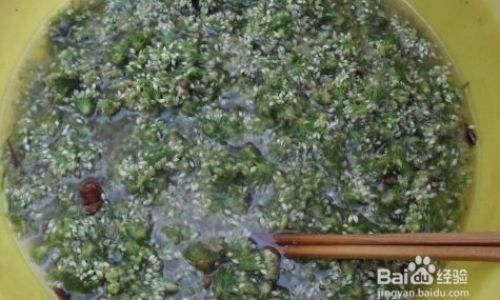
Selecting and Preparing the Ingredients
The key to crafting perfect salted chive flowers lies in the quality of the ingredients and meticulous preparation. Here’s a step-by-step guide to achieving culinary excellence:
-
Choosing the Right Chive Flowers:
- Look for fresh, vibrant chive flowers with no signs of wilting or discoloration. The blossoms should be tightly closed or just beginning to bloom, as fully open flowers can be bitter.
- Opt for organic chives if possible, to ensure the absence of pesticides and other chemicals.
-
Harvesting and Cleaning:
- Harvest chive flowers early in the morning, when they are at their freshest.
- Gently rinse the flowers under cold running water, being careful not to bruise them. Pat them dry using a clean kitchen towel or paper towels.
-
Salting and Preserving:
- The salting process is crucial. Use a fine-grained sea salt or kosher salt, as it dissolves more evenly and enhances the flavor.
- In a large bowl, gently toss the cleaned chive flowers with an adequate amount of salt. The ratio is typically around 1 part salt to 10 parts chive flowers, but this can be adjusted to taste.
- Massage the salt into the flowers using your hands, ensuring an even distribution. This helps to draw out moisture and begin the preservation process.
-
Draining and Drying:
- Place the salted chive flowers in a colander and let them drain for several hours or overnight. This allows excess moisture to escape, further concentrating the flavors.
- After draining, spread the flowers out on a clean, lint-free cloth or baking sheet. Air-dry them in a well-ventilated area, away from direct sunlight, for 1-2 days. Alternatively, you can use a food dehydrator set to a low temperature.
-
Storing:
Once fully dried, the salted chive flowers can be stored in an airtight container in a cool, dark place for several months. For longer storage, consider vacuum sealing or refrigerating.

Cooking with Salted Chive Flowers
Salted chive flowers are incredibly versatile, adding a burst of flavor to a wide array of dishes. Here are some inspiring recipes to get you started:
-
Salted Chive Flower Rice Porridge:
Begin by cooking a basic rice porridge. As the porridge simmers, add a handful of salted chive flowers. Let them steep for a few minutes, allowing their flavor to infuse the porridge. Garnish with a drizzle of sesame oil and a sprinkle of chopped green onions for added depth.
-
Bibimbap with Salted Chive Flowers:
Prepare your bibimbap as usual, with a bed of steamed rice topped with an assortment of vegetables and a fried egg. Before serving, sprinkle a generous amount of salted chive flowers over the dish. Their pungent aroma and savory taste will elevate the overall flavor profile.
-
Kimchi with Salted Chive Flowers:
For a kimchi with a twist, incorporate salted chive flowers into the fermentation process. Add them along with the other seasoning ingredients, such as gochugaru (Korean red pepper flakes), garlic, and ginger. The chive flowers will add an extra layer of complexity to the kimchi’s tangy, spicy flavor.
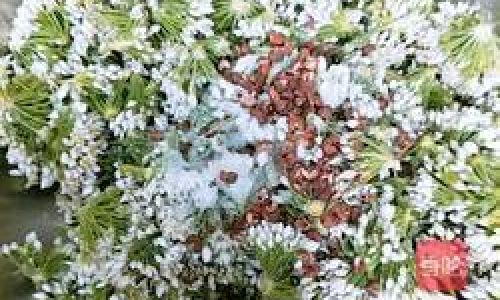
-
Salted Chive Flower Omelette:
Beat eggs with a splash of milk and a pinch of salt. Heat a non-stick skillet over medium heat and pour in the egg mixture. As the omelette begins to set, sprinkle salted chive flowers evenly over the surface. Fold the omelette in half, cook until fully set, and serve hot.
-
Salted Chive Flower Dipping Sauce:
Combine salted chive flowers with soy sauce, rice vinegar, sesame oil, and a touch of honey or sugar to balance the flavors. This dipping sauce is perfect for dumplings, spring rolls, or any fried appetizers.
Conclusion
Salted chive flowers are a testament to the art of culinary preservation and flavor enhancement. Their journey from a simple preservation technique to a cherished culinary ingredient underscores the profound impact of tradition and innovation on our food culture. By following the steps outlined in this article, you can bring this ancient delicacy into your kitchen, infusing your dishes with a unique blend of flavors that transcend time and cultural boundaries. Whether you’re crafting a simple family meal or preparing an elaborate feast, salted chive flowers promise to elevate your culinary creations to new heights of taste and satisfaction.
As you embark on your culinary journey with salted chive flowers, remember that the key to success lies in attention to detail, patience, and a love for the ingredients you work with. With each bite, savor the rich history and cultural heritage that these humble flowers carry, and let their flavor guide you through a world of culinary discovery and delight. Happy cooking!



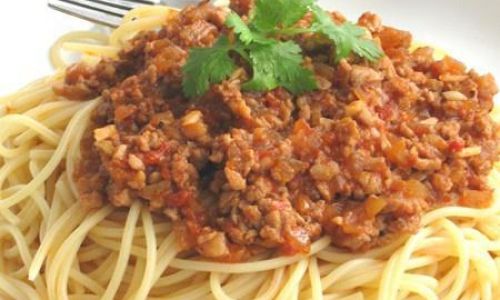
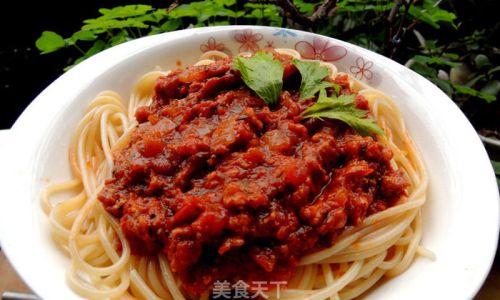
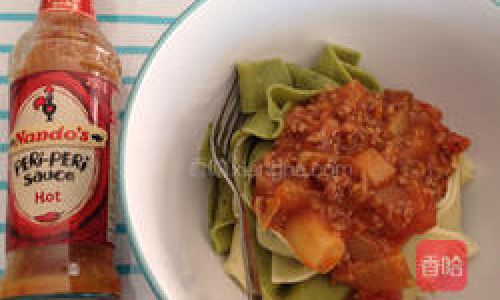
0 comments